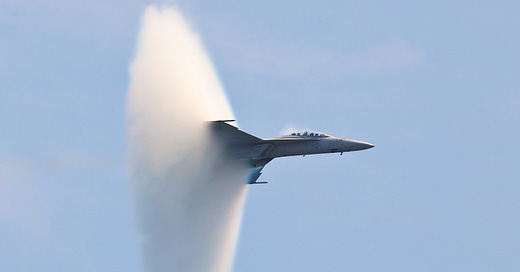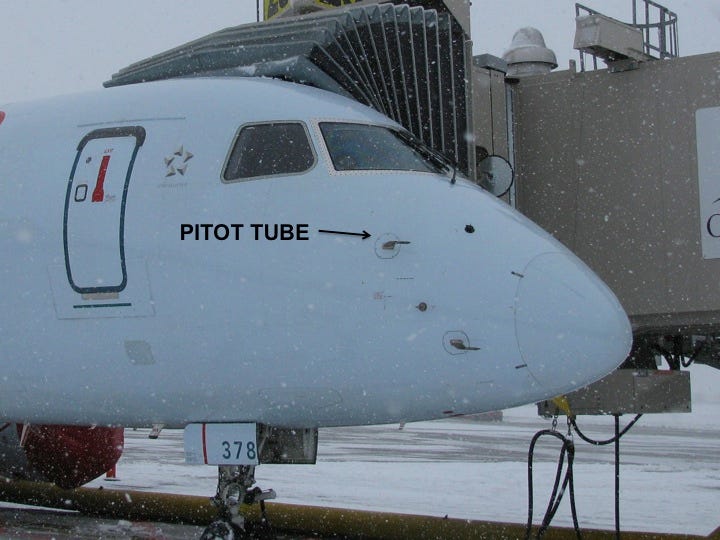Imagine this: your eyes blink open with the sunrise. It’s the morning of a big trip. It’s two hours before your alarm. What can you say, you’re excited. You throw the covers off the bed and stand up to walk downstairs. Obviously, given the circumstances, you have a little extra pep in your step, so you skip a couple of stairs on the way down. “Dang,” you think to yourself, “I was really movin’ back there.” The glow of Friday night lights circles your head as you reminisce about your athletic peak in high school. You grab the box of cereal. “I wonder how fast I was going down those stairs.”
Record scratch. Freeze frame. There it is. Your fatal flaw. You asked a question that I know enough about to grossly overexplain. Thanks for keeping me in business.
Now, there are a couple of ways you could do this. The first is very simple: measure the distance you covered from your bed to the kitchen and time yourself going from A to B. Distance divided by time, boom, speed. This, however, only gives your average speed over the trip. What if we want to know your instantaneous speed—how fast you were going at any given point? Don’t forget that you rocked down those stairs, we can’t let that go overlooked. This is where it gets a little more complicated.
Imagine setting cones equal distances apart along your COVID morning commute and hitting “lap” on your stopwatch every time you pass a cone. You can use those lap times, and the distance between the cones, to get your speed for each of those segments. Get yourself a fancy computer and you can do those calculations while you’re walking, and resultingly know your speed in real time. This is more or less how GPS figures out how fast you’re going. Whether it’s a running watch or Google Maps, all GPS can really do is see your position. By finding your current location, your location a few seconds ago, and doing some quick division, it can tell you your speed.
As satellite technology and phone antennae improve, GPS will only get better. Unfortunately, as we’ve all seen, it’s far from perfect. Your car will say you’re going 60 mph and Google Maps will say 62 mph. Not a huge difference, but a big enough one to warrant speedometers. Not to mention you could lose signal.
Car speedometers are great because, unlike walking, they can get exact, instantaneous, speed measurements. Pretty easily I might add. All they do is use a sensor to measure the rotational speed of the tires. This is typically measured in revolutions per minute (RPM). The tire has a defined shape, which means we know how far the surface of the tire moves for every revolution (circumference). Therefore, we can multiply the RPM by the circumference to get:
Assuming that the tire is gripping the road like it’s supposed to, this speed is exactly the speed of the car. Every time your tires rotate once, you travel one tire circumference forward. This ft/min can be easily converted to mph, km/hr, or really any other units you like.
As we build ourselves up to planes, the next logical question is, “well, planes have wheels too, but they don’t use them the whole flight. What do we use instead?” As always, great question. You always ask great questions. Let’s talk physics.
Planes use, amongst other things like GPS, what’s called a pitot tube to measure airspeed. These are the small little pointy things you may have seen on the nose of a plane. [1]
Think of this as a little straw pointed directly into the flow of air. When you blow through a straw, you push air through. The air that goes through it has an associated velocity, and resulting pressure, that is different from the surrounding air. We have pressure sensors that we can use to measure it, so now all we need is some sort of theory to connect the pressure of the air going into the tube to its speed.
Enter Bernoulli. One of the pioneers of fluid dynamics and, conveniently for us, the creator of a principle that allows us to do just that. Bernoulli says that the total pressure of a system is equal to the static (unmoving) and dynamic (moving) pressure.
Dynamic pressure is defined as this:
Where rho is the air density, which we know, and V is the airspeed. Putting this together with static pressure we get the following equation: [2]
Pt is the total pressure that we measured coming into the tube, ps is the static pressure of the air (found with altimeters but that’s for another newsletter), and rho we just, sort of, know. So, now we can simplify this equation into all variables we know or can measure:
This results in actually a remarkably simple equation for the velocity of the air, and therefore the velocity of our plane. Now there are some corrections required after the fact to account for the air not flowing into the tube perfectly (wind, flight angle, etc) but at its core, that’s it. That’s how we do it on planes.
Planes have a bunch of sensors like this that use the pressure of the air to figure out all of the necessary flight conditions. Next time you’re looking at your plane from your gate, make sure you look out for this little “speedometer” attached to the nose.
Thank you for reading this week’s edition of It’s Not Rocket Science, see you next week!
Check out last week’s newsletter here.
For more details…
Cover Image: https://military.id.me/aircraft/can-a-sonic-boom-break-glass/
[2] https://www.grc.nasa.gov/www/k-12/VirtualAero/BottleRocket/airplane/pitot.html









Thanks Matthew for making me exercise my brain.